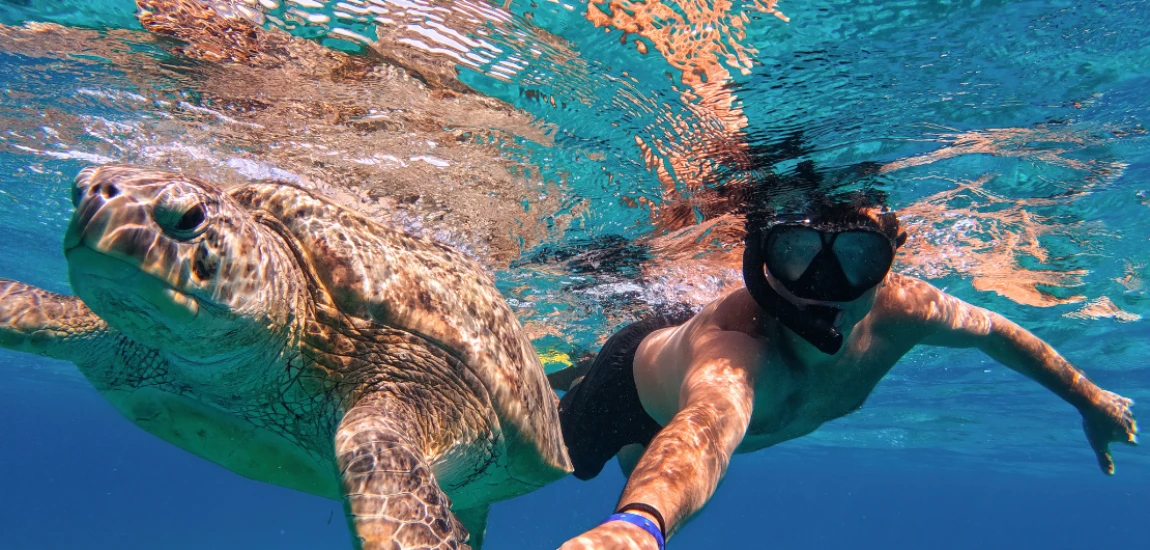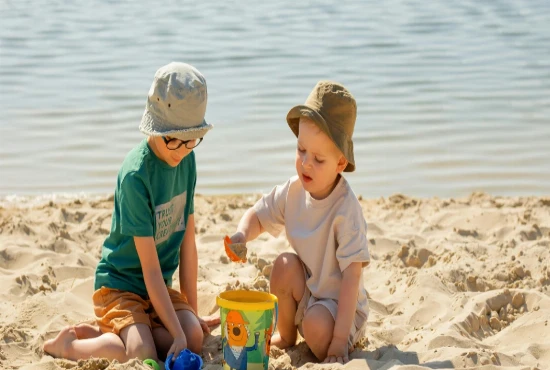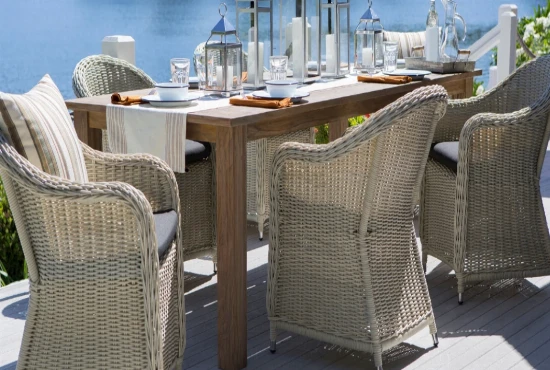A Hidden Coastal Gem of Conservation
Tucked away along the vibrant shores of Daytona Beach lies a hidden treasure that blends adventure, education, and wildlife rehabilitation into one extraordinary experience—the Turtle Rehabilitation and Marine Touch Pool Center. While Daytona is renowned for its beaches, motorsports, and boardwalk buzz, few visitors realize that just beyond the surf is a sanctuary dedicated to rescuing and rehabilitating sea turtles. This marine rescue secret offers visitors a rare look into the lives of endangered creatures and the compassionate work being done to save them.
The turtle rehab facility is more than a tourist attraction—it’s a working marine hospital where injured, sick, or stranded sea turtles receive expert care and are prepared for release back into the ocean. Connected to the rehab center is the popular Touch Pool Experience, where guests of all ages can interact with various marine species, making learning about the ocean engaging and personal.
This hidden gem isn’t just a place to observe marine life—it’s where science meets storytelling. Through immersive tours and educational exhibits, the center offers insight into ocean ecosystems, environmental threats, and the importance of marine conservation. Whether you’re a curious traveler, a family with children, or a passionate conservationist, this is a Daytona experience you don’t want to miss.

Inside the Turtle Hospital: Stories of Rescue and Hope
Step into the Daytona Turtle Rehabilitation Center, and you’ll find a space humming with care, science, and the sound of hope. Each turtle admitted to the facility arrives with a story—many are victims of boat strikes, entanglement in fishing gear, plastic ingestion, or cold-stunning during unexpected weather drops. Others suffer from diseases like fibropapillomatosis, a virus affecting turtles globally.
The center’s dedicated marine biologists and veterinarians provide around-the-clock care. Every turtle receives a personalized treatment plan including X-rays, antibiotics, surgery when needed, and a customized diet. The tanks, mimicking natural saltwater habitats, allow the turtles to recover gradually. These aquatic ICU units offer a behind-the-scenes look at the incredible medical interventions being conducted daily.
Visitors can peer through observation windows, read profiles of the turtle patients, and even adopt a turtle (symbolically) to help fund their rehabilitation. The storytelling aspect adds emotional depth, helping guests connect with each turtle’s journey. Many turtles are released once healed—some tagged to track their progress, while others return anonymously to the sea.
By focusing on facts, education, and empathy, the rehab center transforms visitors into ocean advocates. According to the Florida Fish and Wildlife Conservation Commission (FWC), Florida’s beaches are critical nesting grounds for sea turtles. Centers like this one play a vital role in protecting these endangered species.

The Touch Pool Experience: Hands-On Learning That Inspires
After witnessing the resilience of sea turtles, guests head to the Marine Touch Pool Area, a vibrant and interactive learning zone designed for tactile exploration. Here, children and adults alike can roll up their sleeves and touch live marine animals like sea stars, horseshoe crabs, hermit crabs, anemones, and sea urchins. Under supervision, guests learn the proper way to handle these creatures—respectfully and safely—fostering a connection to marine biodiversity.
This section is especially popular with families. It’s where children squeal in delight at the tickle of a starfish or marvel at the suction of a sea cucumber. Educators stationed around the pool explain the importance of each species, their role in the ecosystem, and how ocean pollution threatens their survival. This engaging approach transforms abstract environmental issues into something tangible and memorable.
The touch pool experience is based on real scientific programming. Designed with marine education in mind, it aligns with Florida’s STEM education goals and has received praise from educators and homeschool networks for its hands-on approach. Many of the animals in the touch tanks are rescues themselves, giving them a second chance as ambassadors for their kind.
Adding to the atmosphere are overhead murals, digital displays, and fun facts along the walls, making learning continuous even in transition spaces. It’s more than just a touch tank—it’s a sensory learning playground rooted in marine science.

Why It Matters: Conservation Through Education and Action
The mission behind the Turtle Rehab and Touch Pool Center is not just to rehabilitate marine life but to educate and inspire long-term change. Every year, millions of sea turtles face threats from human activity—plastic pollution, coastal development, habitat degradation, and climate change. Many of these dangers are preventable through awareness and action.
The center offers visitors practical ways to contribute to ocean conservation. From simple actions like reducing plastic use and cleaning up beaches to participating in citizen science programs, guests leave with knowledge and motivation to make a difference. The facility also collaborates with local schools, universities, and environmental nonprofits to amplify its impact beyond Daytona.
Events like "Turtle Talks," "Rehab Release Days," and "Marine Science Workshops" further the center’s reach. These community-based efforts make marine biology accessible and exciting. It’s not uncommon for young visitors to leave saying they want to be marine biologists when they grow up—proof that education has a ripple effect.
According to data from the Sea Turtle Conservancy, public education programs significantly increase support for turtle conservation efforts. By combining science, interaction, and storytelling, Daytona’s marine rescue center becomes more than an attraction—it’s a movement for ocean advocacy.

Planning Your Visit: Tips for a Memorable Experience
Ready to uncover Daytona’s best-kept marine secret? Here are a few tips to make the most of your visit to the Turtle Rehab and Touch Pool Center:
-
Location & Hours: The center is located near the Daytona Beach barrier island area and is usually open from mid-morning to late afternoon. Check their website or social media for the latest hours and event updates.
-
Admission: Fees are affordable, and many packages include guided tours, touch pool access, and behind-the-scenes views. Discounts are often available for children, seniors, and military families.
-
What to Bring: Wear comfortable clothes and bring a camera for unforgettable snapshots. If you're visiting with kids, a notebook for sketches or notes can turn the trip into a fun educational activity.
-
Respect the Rules: Follow guidelines when interacting with animals. Staff will walk you through handling techniques and conservation etiquette to ensure everyone—especially the marine creatures—remains safe.
-
Visit the Gift Shop: Support the center by picking up ocean-themed souvenirs, books, and educational kits. Proceeds go directly to funding animal care and educational outreach programs.
-
Volunteer or Donate: For those who feel especially inspired, the center accepts donations and volunteers. You can help with beach clean-ups, turtle watch patrols, or educational programs.
Whether you're a Daytona local or just visiting, this small but mighty center offers an unforgettable experience rooted in compassion and science.

Final Thoughts: Daytona’s Oceanic Heartbeat
In a city known for high-speed thrills and sun-drenched beaches, the Turtle Rehab and Touch Pool Center is a gentle reminder of our ocean’s fragility and the beauty of caring for its creatures. It’s a place where turtles heal, where children discover a love for science, and where everyday visitors become stewards of the sea.
Daytona’s marine rescue secret is no longer just a secret—it’s a must-see destination that combines education, interaction, and conservation into one powerful experience. Whether you’re there to support turtle rehab efforts, dip your hands into the touch pools, or simply learn something new, this oceanic outpost offers something meaningful for everyone.
So, next time you're in Daytona Beach, skip the usual tourist stops—head straight for the heart of marine conservation and witness firsthand how hope floats on flippers.





Leave a Reply